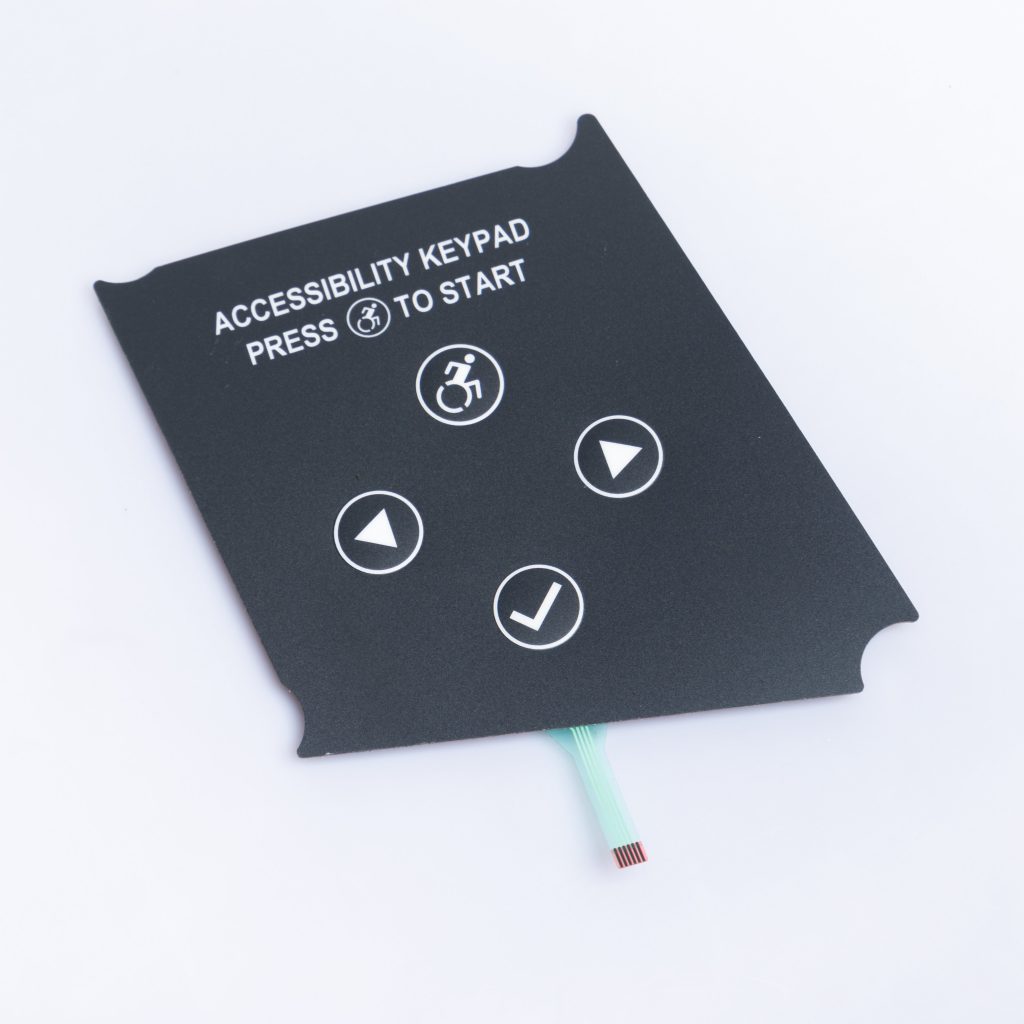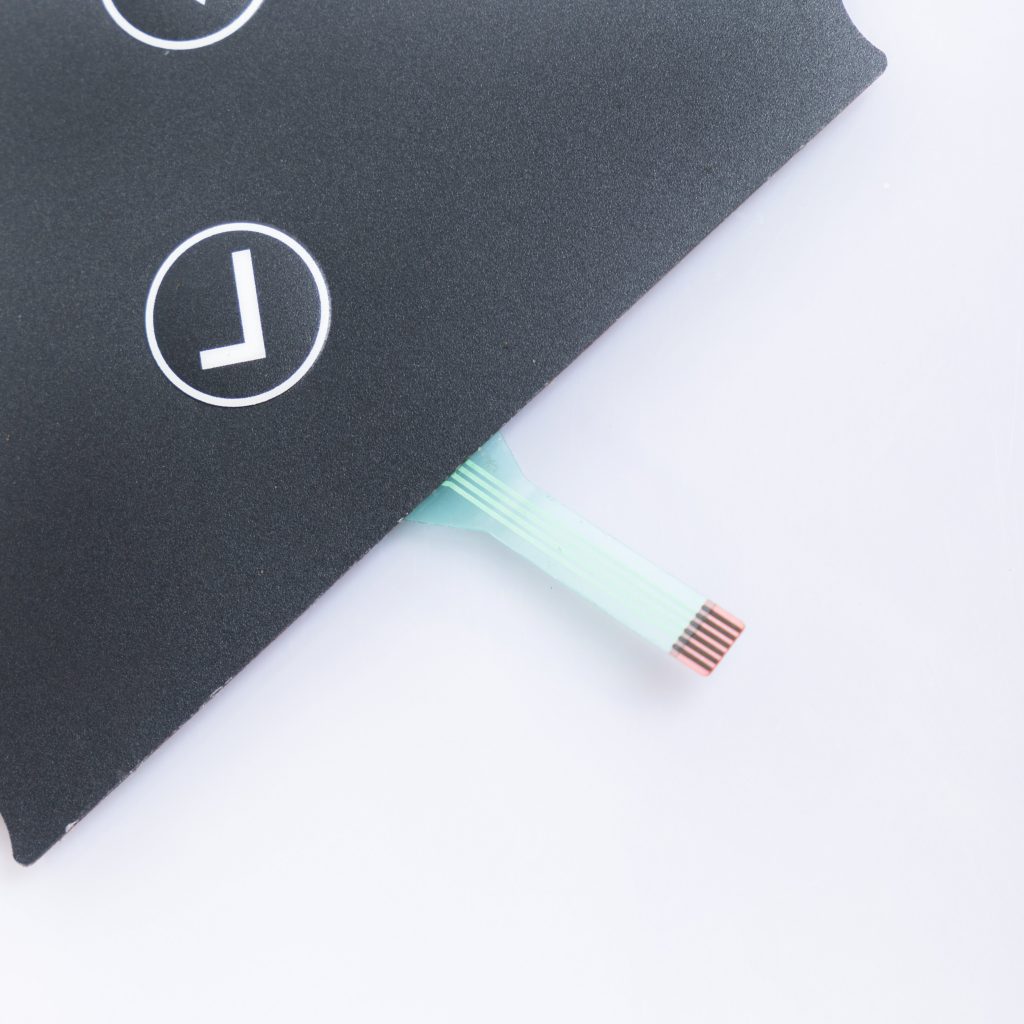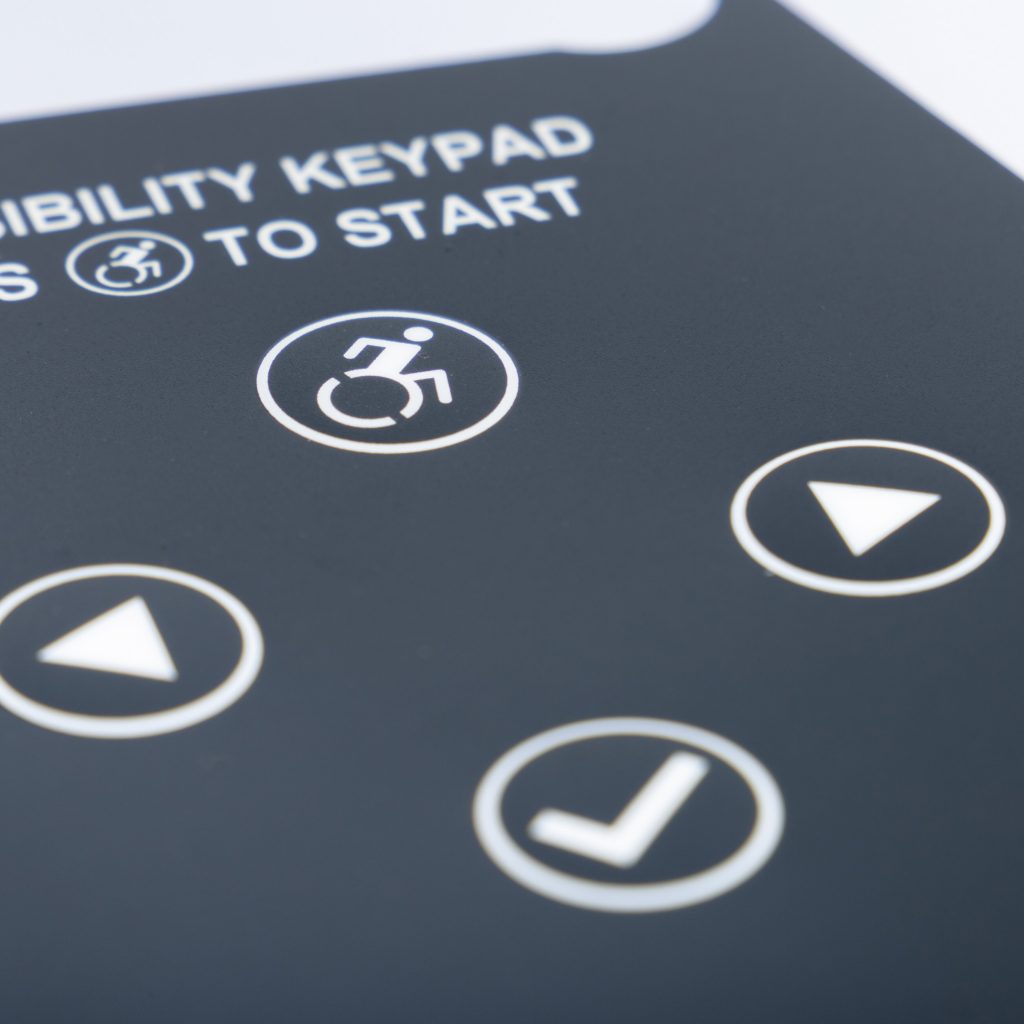Contact
Write to Us And We Would Be Happy to Advise You.
Do you have any questions, or would you like to speak directly with a representative?
By hqt
Screen printing is an essential technique in the manufacturing process of membrane switches. It offers numerous benefits such as durability, flexibility, and customization options. However, many people are unaware of the intricacies and possibilities that screen printing brings to the table. In this article, we will delve into the lesser-known aspects of screen printing in membrane switch manufacturing, unraveling its hidden potential and shedding light on its importance in creating high-quality user interfaces.



Screen printing is a versatile method that enables the precise application of inks onto substrates, resulting in vivid graphics and clear text. This technique involves pressing ink through a mesh screen onto the membrane switch’s surface, creating a durable and visually appealing design. But what makes screen printing in membrane switch manufacturing so remarkable? Let’s explore:
Screen printing allows for thicker ink deposits, which enhances the durability and longevity of membrane switches. The thick ink layer acts as a protective barrier, shielding the underlying circuitry from environmental factors, such as moisture, chemicals, and abrasion.
With screen printing, manufacturers can achieve vibrant and high-resolution graphics on membrane switches. The precise control over ink deposition ensures that colors appear rich and vibrant, enhancing the visual appeal of the user interface.
Screen printing offers unparalleled customization options, enabling manufacturers to tailor membrane switches to specific requirements. From intricate designs to logos and branding elements, screen printing allows for the incorporation of various visual elements, making each switch unique and reflective of the product or brand it represents.
One of the key advantages of screen printing is its compatibility with a wide range of substrates. Whether it’s polyester, polycarbonate, or flexible printed circuits (FPC), screen printing ensures excellent adhesion and ink penetration, resulting in a seamless and reliable user interface.
Screen-printed graphics and text on membrane switches exhibit exceptional resistance to fading and wear. The ink used in screen printing is highly durable and can withstand repeated use, cleaning, and exposure to harsh environments, ensuring long-lasting visibility and legibility.
Screen printing offers a cost-effective solution for large-scale production of membrane switches. The process is relatively quick and efficient, allowing manufacturers to meet high-volume demands without compromising quality.
Let’s address some frequently asked questions about screen printing in membrane switch manufacturing:
Yes, screen printing is an excellent method for achieving precise alignment of multiple layers in a membrane switch. With proper registration techniques, manufacturers can ensure accurate positioning of conductive and graphic layers, resulting in functional and visually appealing switches.
While screen printing offers a great deal of flexibility, extremely intricate designs may pose challenges. Fine details and intricate patterns might require alternative printing techniques, such as digital printing or lithography, to ensure optimal quality.
Yes, screen printing can be combined with backlighting technologies to create visually stunning membrane switches. Specialized inks and printing processes can be employed to allow light to pass through specific areas, illuminating symbols or indicators on the switch’s surface.
Absolutely! Screen printing is compatible with both rigid and flexible substrates commonly used in membrane switch manufacturing. Whether it’s a rigid polycarbonate or a flexible polyester substrate, screen printing offers excellent ink adhesion and durability.
While screen printing is primarily focused on applying graphics and text, it can be used in combination with other processes, such as embossing or forming, to create tactile features on membrane switches. This allows users to have a tactile response when interacting with the switch, enhancing the overall user experience.
Manufacturers must be mindful of the environmental regulations regarding the use of inks in screen printing. It is important to use inks that comply with relevant regulations, such as RoHS (Restriction of Hazardous Substances), to ensure the safety and compliance of the finished membrane switches.
Screen printing plays a vital role in the production of membrane switches, offering a wide range of benefits such as durability, customization options, and vibrant graphics. By leveraging the advantages of screen printing, manufacturers can create visually appealing and reliable user interfaces that enhance the overall user experience. So, the next time you interact with a membrane switch, remember the behind-the-scenes magic of screen printing that brings it to life!
Do you have any questions, or would you like to speak directly with a representative?